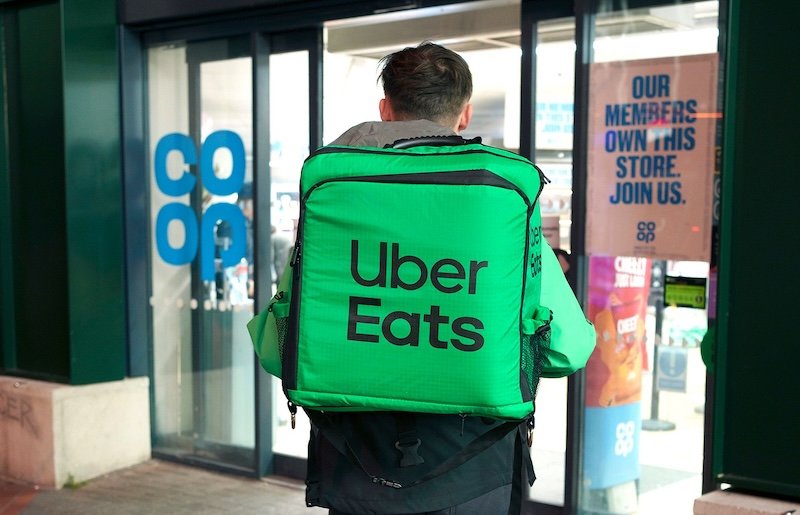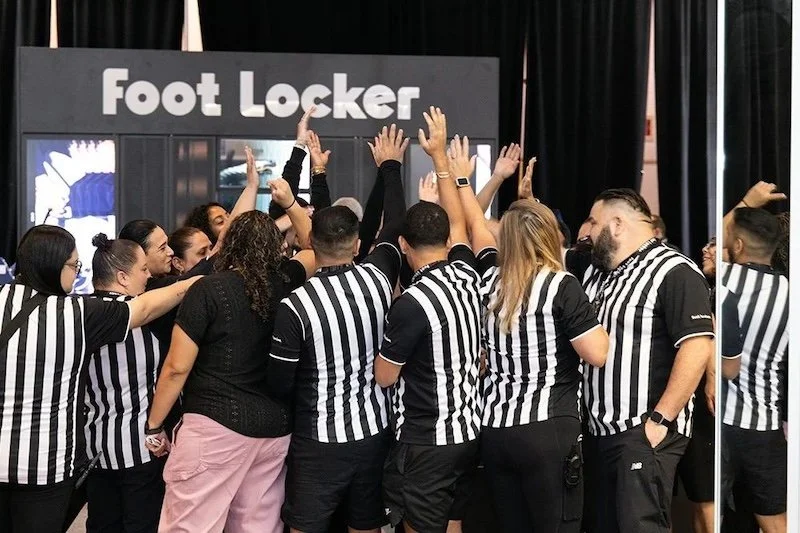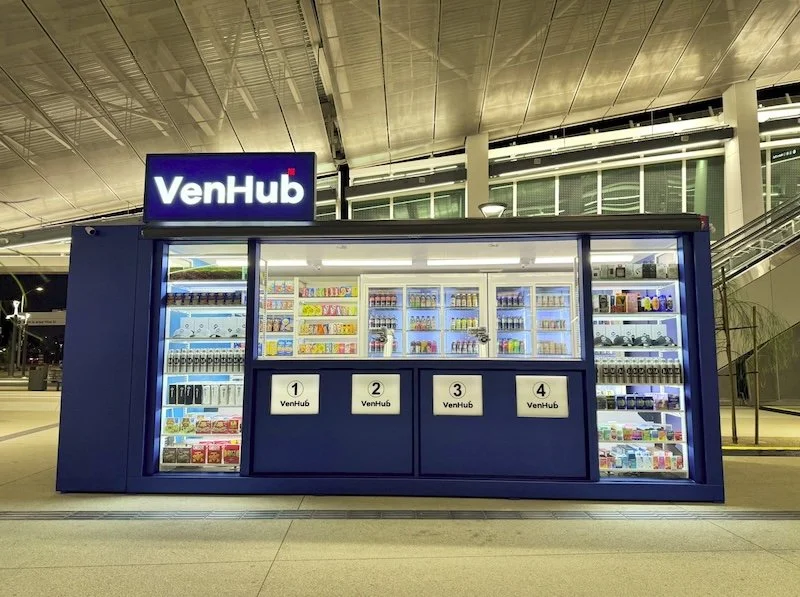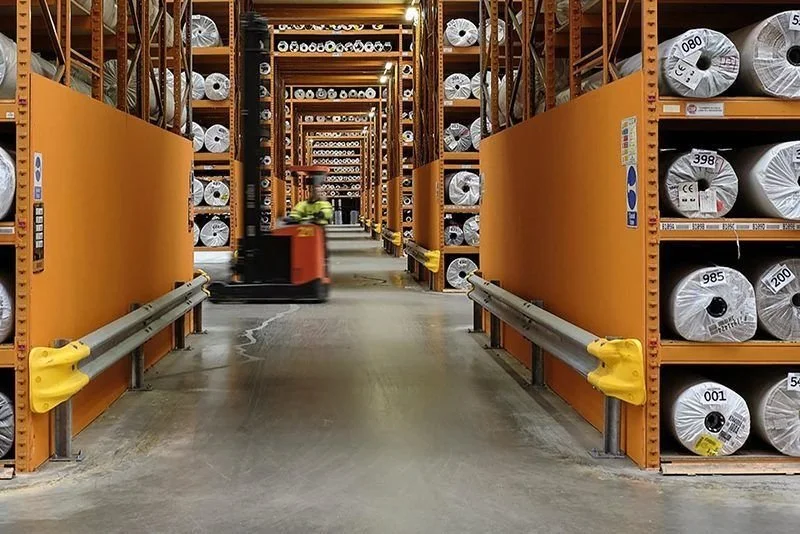Retail Technology Show 2023 report: Conference panel predicts a multitude of payment options
“Consumers will have so many more payment options in the future,” said Gareth Hughes, Executive Director Retail Technology North America, Estée Lauder, during a conference session on the last day of Retail Technology Show (27th April) at London Olympia.
Panellists from Morrisons, Studio Retail, part of Fraser Group, and others debated the future of contactless, card, digital wallet and currency payments, tokenisation, and the ecosystem likely to emerge at the end of this decade as trends such as Open Banking accelerate.
Interchange fees will see considerable change over the next five years and biometric usage for security purposes will rise, predicted Hughes at Retail Technology Show 2023’s concluding payments panel.
Hughes added that the buy now pay later (BNPL) explosion seen with Klarna and its ilk in recent times will face new challenges: “As more regulation is imminent and higher interest rates might hamper them. This will impact their pricing discussions with merchants.”
“Bank-to-bank payments – sometimes called account to account – will also rise,” said Hughes. This should cut costs and be a boon for retailers as expensive card usage declines.
Open Banking and APIs
The account-to-account means of payment will become more prevalent as Open Banking practices spread still further in the UK and globally, in tandem with the increased usage of open application programming interfaces (APIs).
These deliver an easier means of data exchange to develop new apps, seamlessly share payment information and so forth, as the APIs are not closed anymore.
APIs have always existed, for instance to move data from an old server to a new one. But they were more ‘closed’ in the past or only open to secure, approved players on networks like the SWIFT interbank global payments system.
The move towards more open but still secure APIs, encouraged by regulators, allows new players to enter and compete in new marketplaces.
This drives down costs; enables corporate payments to be aggregated via a single player more easily to get economies-of-scale; and has numerous other potential end uses – not the least of which is increased app developments and players can source each other’s code to offer rival products using consumer data that is ultimately owned by the consumer, not the bank or anyone else.
Open Banking and APIs also power account-to-account (A2A) non-card bank-to-bank payments, which cost retailers less.
According to Hari Nair, Principal Architect at Morrisons: “Visa and MasterCard are very aware of this trend.”
They are investing in real-time payment platforms (RTPs) to carry these future volumes, protect their position and diversify accordingly.
“The need for payments to be frictionless [essentially easier in our evermore digital lives -Ed.] is driving the change.” Over the next five years, Nair expects to see:
· A speeding up of the shift to the use of digital wallets and apps.
· An escalation of the trend towards a cashless society, already advanced by the Covid-19 pandemic.
· More embedded payments, such as BNPL.
· Social media payment methods become more popular in the UK and western markets. LINE in Asia, for example, which is akin to WhatsApp is already widely used in the Far East for payments.
The monetisation of payment data; increased focus on loyalty and personalisation during the cost-of-living crisis to serve affluent and mass markets differently; and more involvement from retailers in the options available to them, were also debated by the panellists.
“Retailers will be less reliant on banks in the future, and maybe even on external [FinTech] payment providers as well,” said Paul Kendrick, CEO at Studio Retail, which is part of the Fraser Group that owns Sports Direct among many other brands.
Of course, retailers would have to take advantage of new technologies, open APIs and regulation to explore doing payments themselves. They may have to partner with FinTechs if they didn’t have the scale or internal technology capabilities themselves to go down this route.
“We are already using Open Banking in the UK to do better credit checks,” said Kendrick, while highlighting the threat this might prose to existing credit reference agencies (CRAs) like Experian and their pricing policies.
“It’s frightening the amount of data you can get, although obviously it is not for marketing purposes.”
Account-to-account payments
“The European Central Bank (ECB) is predicting 60% of all transactions by 2030 will be online and powered by Open Banking and API-driven account-to-account payments,” added Kendrick, as he emphasised just how big an impact the Open Banking trend will have on retailers in the future.
Eelco Dettingmeijer, Senior Vice President, Commercial Europe, from sponsoring FinTech Nuvei, cautioned the panellists that: “Open Banking is a dream for retailers as it cuts costs. But some consumers will still like the protections of a credit card.”
Fragmentation is likely as the payment ecosystem expands.
Digital currencies
Bitcoin and other such cryptocurrency was not much discussed at Retail Technology Show 2023, mainly because of the ‘crypto-winter’ evident during the past year when its value fell and malfeasance by the likes of Sam Bankman-Fried at the FTX exchange was exposed.
However, the phrase digital currencies spans cryptos, stablecoins and central bank digital currencies (CBDCs), and the latter might be of long-term interest to retailers.
There are numerous CBDCs that are currently being piloted by the Bank of England, US Fed and so on, in order to try to ensure control isn’t ceded to private cryptocurrency players outside of the established financial system.
“Digital currencies are here to stay,” said Nair, while explaining that a large corporation such as his supermarket with global connections and supply chains would only really be interested once there was a global, central bank-backed player in the emerging ‘wild west’ marketplace.
For instance, someone like SWIFT or its rival ripple that uses blockchain technology would have to be in place backing and guaranteeing any cross-border payments that were reliant on the underlying and still emerging distributed ledger technology (DLT) that powers the blockchain.
“Digital currencies will become mass market,” said Studio Retail’s Kendrick. “But not in the next five years.” That timespan will only deliver more clarity about the direction of travel.
Digital currencies are just one of many new emerging payment – and data – options that will soon become available to retailers, with wearable tech another possible longer-term possibility.
However, for now, the rise of account-to-account payments, social media powered transactions, and so forth was much more front of mind for the retailers in attendance at this year’s Retail Technology Show.
About the author
Neil Ainger is a hugely experienced freelance business and technology journalist. Further details here.















Continue reading…